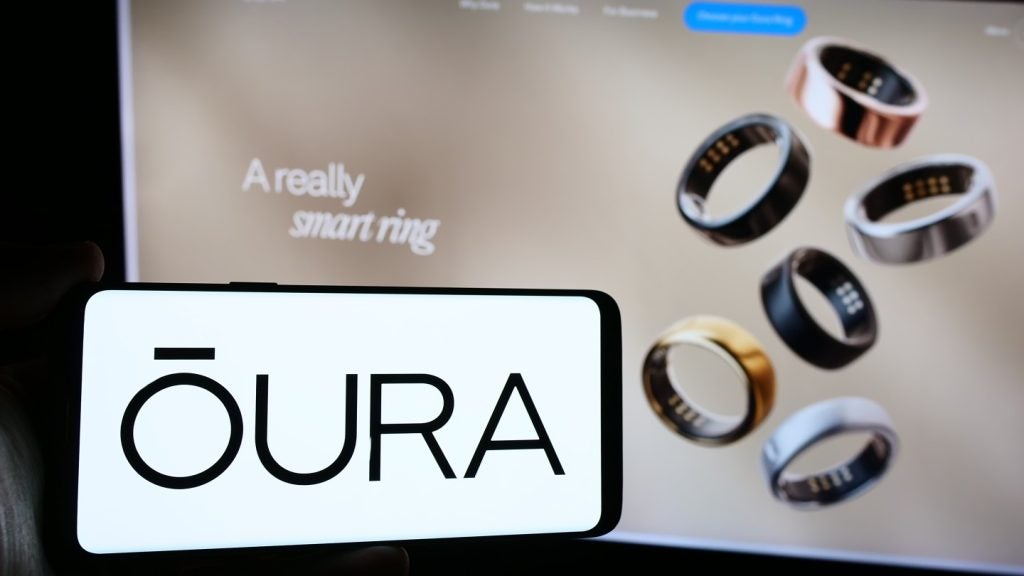Technology is increasingly revealing more about the past than we thought we would ever know. However, it does start to raise the question of whether we were ever meant to find these things out.
Different types of technology have helped historians across many different fields discover more about their discipline. For example, radiocarbon dating is a technology that determines the age of an object by analyzing the amount of carbon present within it, benefiting historians by allowing them to accurately date their findings. Elsewhere, technology like LiDAR has vastly aided archaeologists in discovering new structures to excavate underground, like sunken cities or burial grounds.
Technology has aided historians for decades
This is no different in the art world. Technology like X-rays, although not new, continue to transform the discipline of art history and how we perceive objects. X-raying an artwork is common practice as it can help reveal vital insights into the artist’s process and technique. The X-ray process reveals all the different layers of a painting, showing how much was completed at one time, which materials were used, and even which parts have been touched up or painted over at a later date. This is not only used to further understand the artwork but also for authentication purposes.
Van Gogh’s hidden portrait
In July 2022, in a routine cataloguing exercise at the National Gallery of Scotland, after conducting an X-ray on a Vincent van Gogh painting titled ‘Head of a Peasant Woman’ experts found an undiscovered self-portrait of the artist beneath. It was revealed behind cardboard in the X-ray because the artist had used much heavier lead white pigment for his face. This discovery is incredibly valuable in understanding this crucial period in the artist’s development. It could also be very valuable. The last Vincent van Gogh portrait to be auctioned in 1998 sold for $71 million.
But this discovery does pose an important question regarding the artist’s agency. The artist is no longer alive to grant permission for this work to be revealed to the public, and Van Gogh would have had no way of anticipating that this technology would be invented and be used to see through his finished paintings to reveal an abandoned one.
Due to the time and cost of creating an artwork, and the effect it has on their lasting reputation, artists are very particular about what the world gets to see and what they allow to be revealed. This new practice of revealing work that was never meant to be seen could be viewed as taking control and agency away from the deceased artist or, at worst, a complete invasion of privacy. Whether the deceased are entitled to the same levels of privacy as the living is an extensive topic that tends to polarize opinion.
How well do you really know your competitors?
Access the most comprehensive Company Profiles on the market, powered by GlobalData. Save hours of research. Gain competitive edge.

Thank you!
Your download email will arrive shortly
Not ready to buy yet? Download a free sample
We are confident about the unique quality of our Company Profiles. However, we want you to make the most beneficial decision for your business, so we offer a free sample that you can download by submitting the below form
By GlobalDataThe debate will continue
This example of revealing a hidden painting is not unique, and many more undiscovered works have been found beneath paintings from other greats, such as El Greco and Picasso. But ultimately, viewing something that was never meant to be viewed does not sit right with many.
There may have been a very important reason why the artist covered up this work and never wanted it to be seen. There is a very difficult decision to be made, as to whether the artist’s wishes as a person with no say and no awareness of the situation should be honoured, or whether as a historical discovery, the invaluable information gained from this technology should be used.







